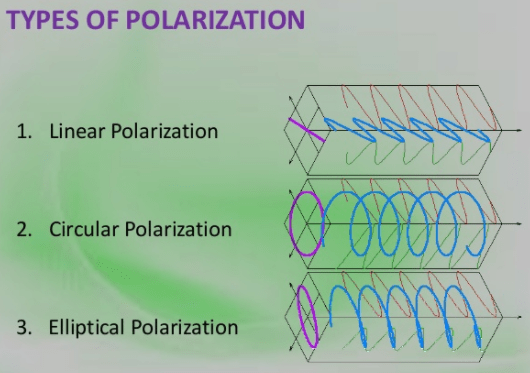Optics
-
Difference between Resolution and Magnification in tabular form
Resolution and magnification are two terms used in Optics which are related to each other. The Basic difference between resolution and magnification is that Resolution is the ability to separate two closely placed objects while magnification is the mean of…
-
What is Difference between real image and virtual image?
The Basic difference between real and virtual images is provided here. The basic difference between real image and a virtual image is that a real image is formed from the concave mirror and convex lens, while a virtual image is…
-
Image formation by convex and concave lens ray diagrams
How convex and concave lens work? In mirrors, images are formed through reflection but lenses form images through refraction. This is explained with the help of ray diagrams as follows: Image formation by convex lens ray diagrams Image formation in…
-

Polarization of light types and examples
What is polarization of light? Separation of light waves with electric field vector oriented only in a single direction is called polarization of light or this is a process in which light and other radiations are restricted to vibrate in…
-
Reflection of Light Examples in daily life
What is reflection of light? When light from one medium falls on the surface of another medium, it bounces back in the same medium such that the angle of incidence is equal to the angle of reflection. There are two…
-
Types of Diffraction of light with examples
In this post, You’ll Learn about Diffraction of light in a comprehensive way. So, If you want to get benefits from this post, then you’ll love this post. Contents: Diffraction Definition Diffraction Types Diffraction Examples Much more Let’s dive right…
-
How many types of spherical mirrors are in optics?
In this post, you are Going To learn the types of spherical mirrors and the Difference between Convex mirror and Concave mirror. If you want to get benefits from this Post, you are at the Right Place. Let’s Dive right…
-
Newton’s ring experiment with animation
Newton’s ring is a process in which Circular bright and dark fringes obtained due to air film enclosed between a Plano-convex lens and a glass plate. An air wedge film can be formed by placing a Plano-convex lens on a…
-
Uses and applications of total internal reflection
When the angle of incidence becomes larger than the critical angle, no refraction occurs. The entire light is reflected into the denser medium. This is known as a total internal reflection of light. Prisms, binoculars, and optical fibers are a…